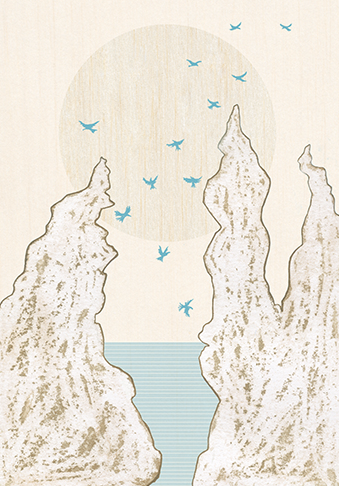The creation of beauty by its destruction: the idoloclastic aesthetic in modern and contemporary Jewish art
Keywords:
Judaism, Beauty, Aesthetics, Jewish ArtAbstract
Contemporary commentators are well aware that the Jewish tradition is not an aniconic one. Far from suppressing art, the Second Commandment produces it. And not just abstract art; it also uses halakhically mandated idoloclastic techniques to produce figurative images that at once cancel and restore the glory (kavod) of the human. This article suggests that Jewish art’s observance of the Second Commandment’s proscription of idolatrous images (a commandment that belongs indivisibly with the First) is ever more relevant to a contemporary image-saturated mass culture whose consumption induces feelings of both hubris and self-disgust or shame. The article revisits Steven Schwarzschild’s interpretation of the halakhic requirement that artists should deliberately misdraw or distort the human form and Anthony Julius’s account of Jewish art as one that that mobilizes idol breaking. As an aesthetic consequence of the rabbinic permission to mock idols – and thereby render the ideological cults for which they are visual propaganda merely laughable or absurd – distortive, auto-destructive and other related forms of Jewish art are not intended to alienate the sanctity of the human. On the contrary, by honouring the transcendence of the human, especially the face, idoloclastic art knows the human figure as sublime, always exceeding any representation of its form. Idoloclastic anti-images thereby belong to a messianic aesthetic of incompletion that knows the world as it ought to be but is not yet; that remains open to its own futurity: the restoration of dignity, in love.
Section
Articles
Published
2016-12-14
How to Cite
Raphael, M. (2016). The creation of beauty by its destruction: the idoloclastic aesthetic in modern and contemporary Jewish art. Approaching Religion, 6(2), 14–22. https://doi.org/10.30664/ar.67587
Copyright (c) 2016 Melissa Raphael

This work is licensed under a Creative Commons Attribution-NonCommercial-NoDerivatives 4.0 International License.









